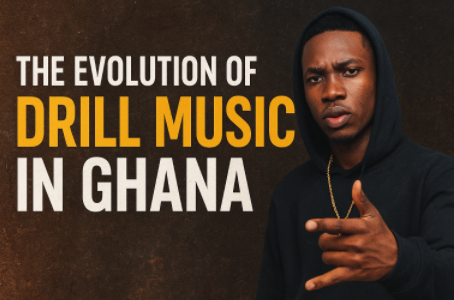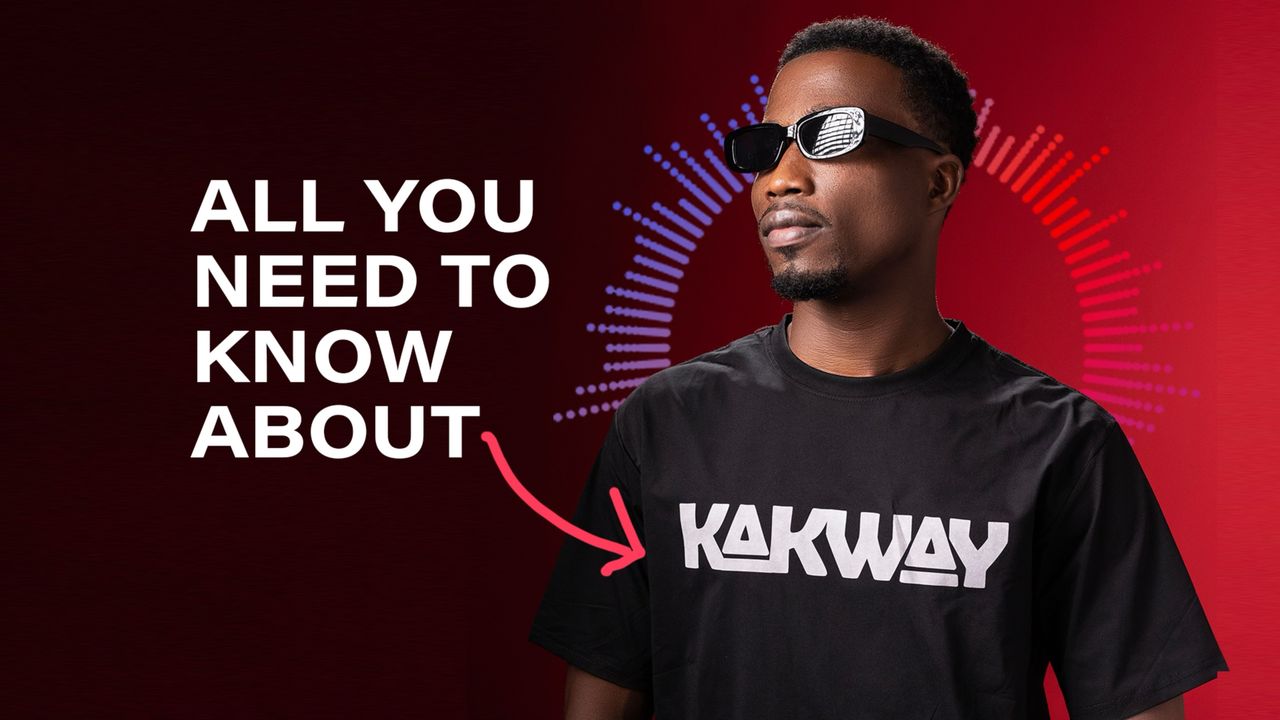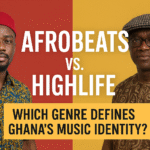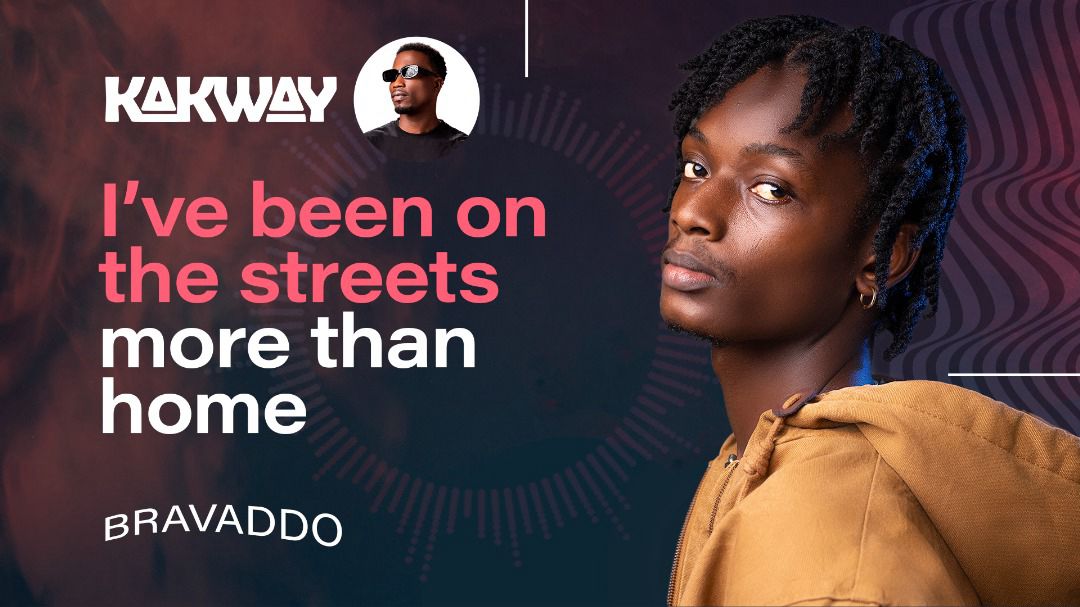Drill music, originally from Chicago and later popularized in the UK, has taken root in Ghana with its own unique identity. Known locally as “Asakaa,” Ghanaian drill has become more than just a genre — it’s a cultural movement.
Origins of Asakaa
Around 2018–2019, young rappers from Kumasi began experimenting with drill beats, fusing them with Twi and Pidgin lyrics. Groups like Life Living Records (featuring artists like O’Kenneth, Jay Bahd, Yaw Tog, and Reggie) spearheaded this movement.
Breakthrough Moment
In 2020, Yaw Tog’s “Sore” featuring O’Kenneth, City Boy, Reggie, and Jay Bahd went viral, drawing international attention. The track marked the official rise of Ghanaian drill, giving birth to the Asakaa movement.
The Kumasi Street Culture Influence
Asakaa is not just music — it’s tied to the lifestyle of Kumasi youth. It reflects street realities, fashion (hoodies, baggy jeans, sneakers), and codes that resonate deeply with young Ghanaians.
International Recognition
With co-signs from artists like Stormzy, Burna Boy, and Vic Mensa, Ghanaian drill began reaching global audiences. The raw energy and authenticity of Asakaa positioned it as a distinct branch of drill music worldwide.
Current State & Future
Today, Asakaa has moved beyond Kumasi. Artists like Black Sherif infused drill with melodic storytelling, broadening its appeal. The future looks bright as Ghanaian drill continues to evolve, blending with Afrobeats and other genres.
✅ Takeaway: Drill in Ghana is more than music — it’s a youth-led cultural revolution that turned Kumasi into a global sound hub.
CHECK THIS: Top 10 Ghanaian Songs That Changed the Industry
source: kaknews.com







